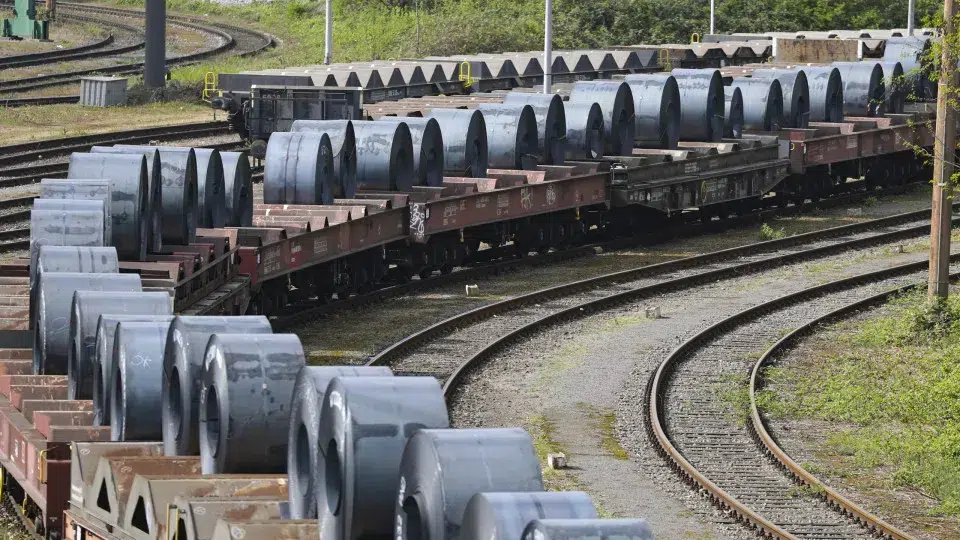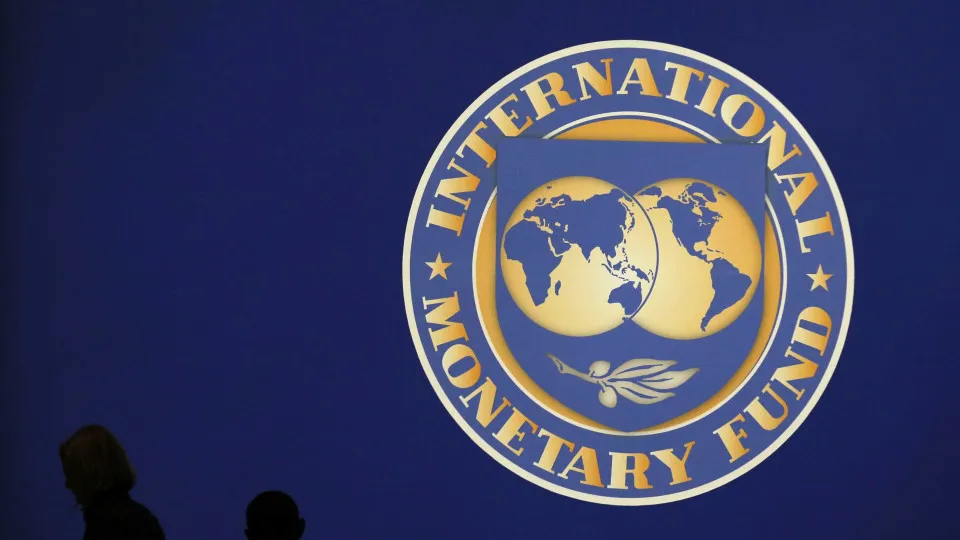
A proposal to shield the European Union’s steel sector from the adverse effects of global overcapacity has been put forward by the European Commission. Described as a crucial step towards ensuring the long-term viability of a strategic industry, the measures include capping tariff-free import volumes at 18.3 million tonnes annually, a 47% reduction compared to 2024 levels. Additionally, the plan suggests doubling the out-of-quota rate to 50% and enhancing steel market traceability by mandating references to the smelting and casting origin to deter trade rule circumvention.
Facing a severe crisis, the EU steel industry’s current safeguards are set to expire in June 2026, with this new proposal aiming to replace them. “Steel overcapacity is a global problem requiring joint, firm, and genuine action from all partners. The Commission will continue leading international efforts to find collective solutions to this issue,” the institution stated in a release.
This proposal now awaits approval from the European Parliament and the Council, which will decide by majority vote for member countries. Specific country allocations within the EU will only be discussed during negotiations with the co-legislators.
The EU steel industry, with approximately 500 production sites across 22 member states, contributes around 80 billion euros to the EU’s GDP and directly employs 300,000 people, with 2.3 million indirect jobs. Steel supports critical sectors like automotive, construction, defense, net-zero emission technologies, electric vehicles, and critical infrastructure, making it a vital material for the EU economy.
Despite being the world’s third-largest steel producer, the EU faces intense pressure from high global overcapacity, with world production currently at 620 million tonnes, projected to rise to 721 million by 2027.
This overcapacity, combined with high energy prices, increasing steel imports, closed third-country markets, and declining domestic demand, exacerbates challenges for the European industry.
Since 2007, the EU has lost approximately 65 million tonnes of capacity, leading to significant job cuts, with the sector experiencing record losses in 2024. European plant utilization averages at just 67%, whereas approximately 80% is considered ideal.
The EU steel sector’s main competitors include China, leading global production with low prices and substantial state support; India, with lower production costs; and the United States, competing primarily in high-quality steels and technological segments. Emerging Asian and Middle Eastern countries also stand out for cheaper production.




